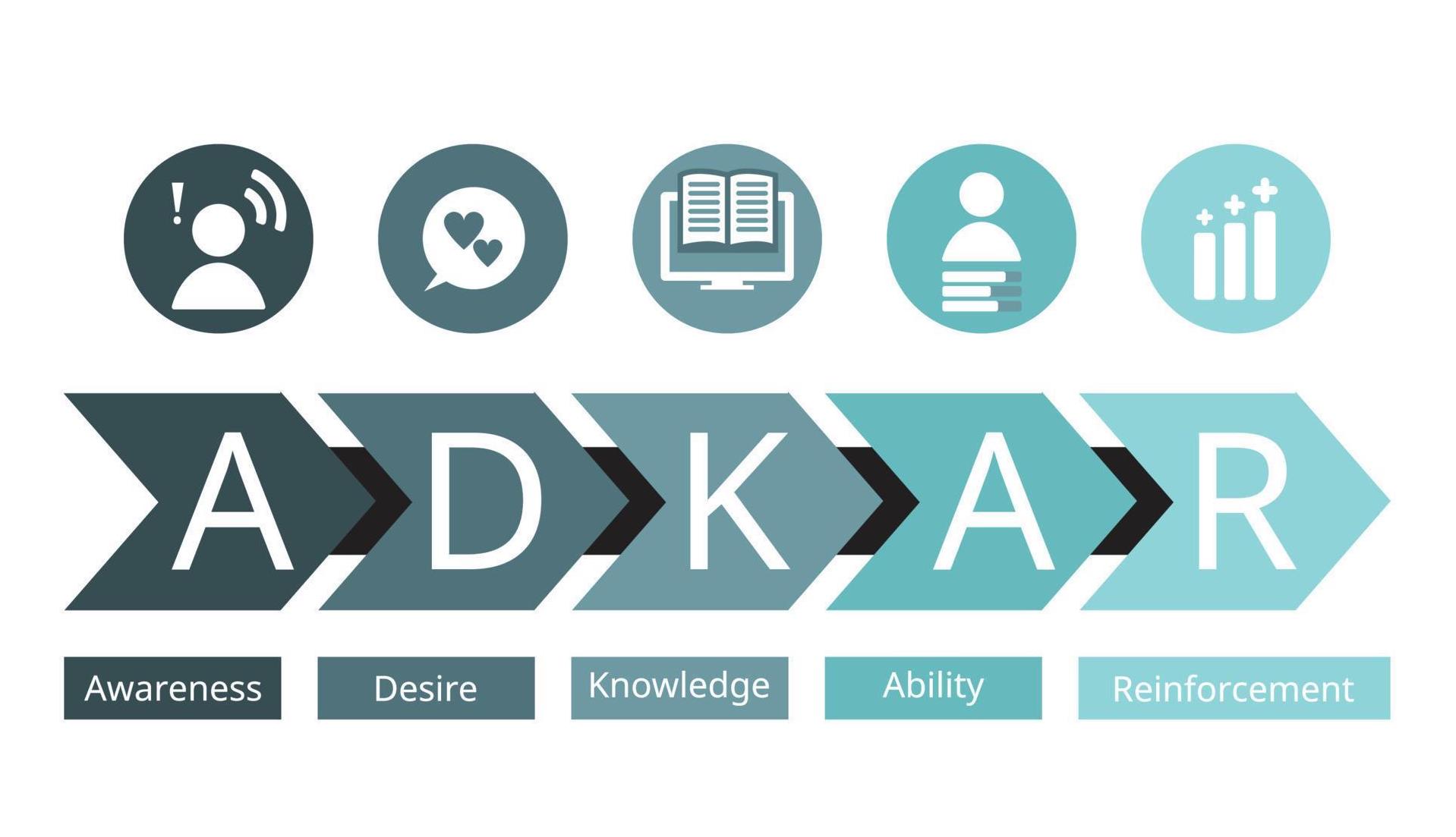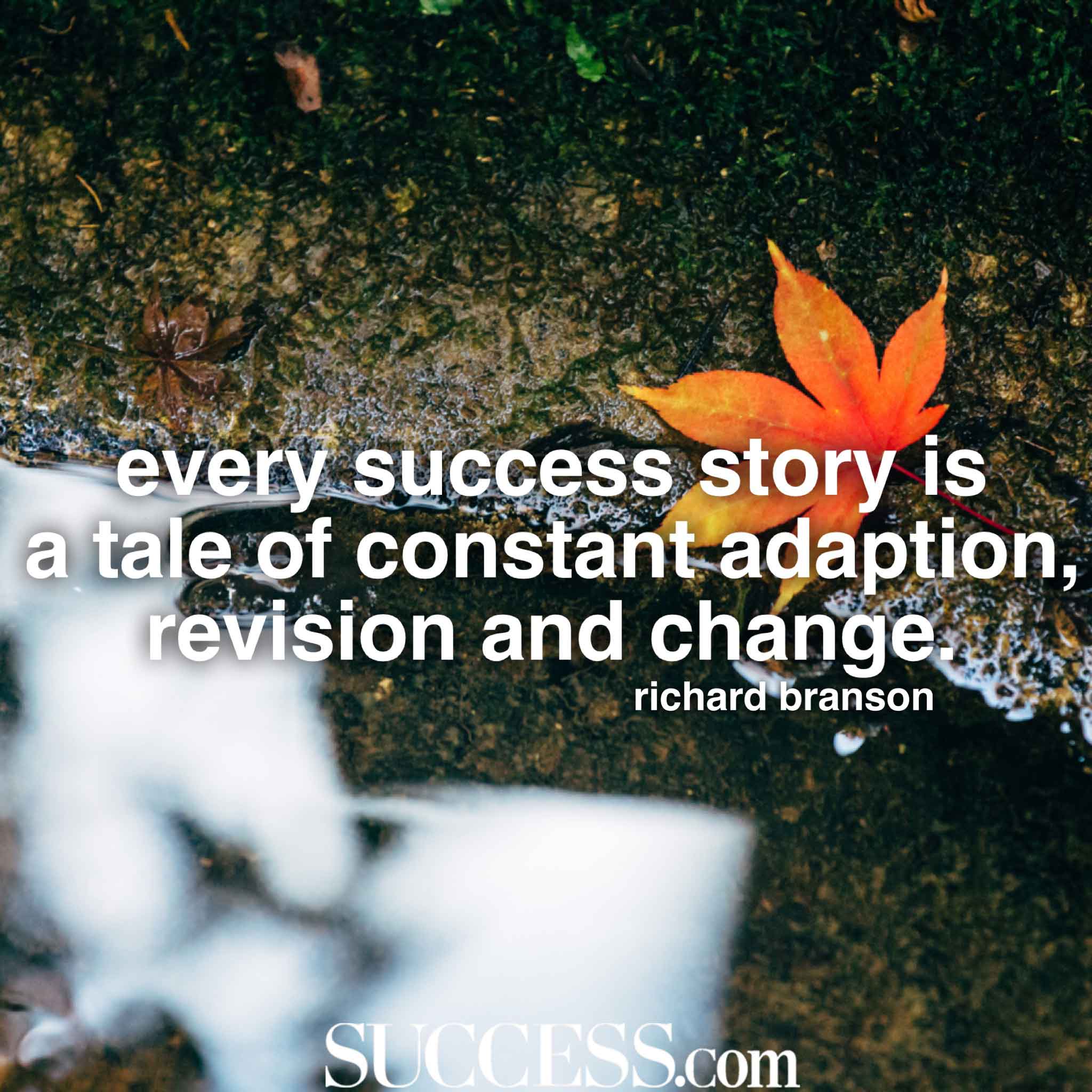Change in Context

Change in Context
Change is an inevitable part of life, and it can be challenging for many of us, whether it is personal or business-related.
In personal life, we may struggle to break habits and behaviours that have been ingrained since childhood. On the other hand, business change is more structured and focused, making it easier to implement.
Let's explore the differences between personal growth and business change, the challenges we face, and the positive outcomes that come with embracing change.
Personal Change: The Challenge of Breaking Deeply Ingrained Habits
We all have things we’d like to change about ourselves, whether it’s to break bad habits or develop new positive and helpful ones. However, changing habits that have been ingrained in us since childhood can be a daunting task. For example, if we grew up in an environment where we were constantly told not to speak up, we would therefore struggle to change that behaviour to assertive behaviour.
Often learned behaviours are rooted in negative emotions or an unconscious desire exacerbating the difficulties of changing behaviour. We often find ourselves repeating patterns of behaviour learned from parents or siblings that we’d hate to think of ourselves repeating, and yet we find ourselves along the same paths we have tried to avoid.
These behaviours are extremely difficult to stop in certain scenarios and it can seem overwhelming to break these habits and we find ourselves struggling as adults to create new patterns of behaviour more aligned to our personal goals.
How we change.
Successful change and self improvement in our personal lives is all about creating new habits for us. We find that personal change can be more challenging than business change because it involves these deeply ingrained habits and behaviours, which have formed over a lifetime. Strategies for learning new skills and behaviours to , manage change require significant learning and support, often over several years to create new patterns of behaviour and most people struggle through this process, yet we all have succeeded at some point in our lives.
Personal change requires significant effort and a willingness to challenge deeply held beliefs and self-image. It can be a slow and difficult process that requires patience, persistence, and support from others. However, the desire to improve ourselves and reach our goals drives us to achieve personal change success.
Business Change: A Structured Approach to Change
Business change, on the other hand, is more structured and focused, making it easier to implement than personal change. When a company decides to implement a new software system or update a process, the change is limited to the workplace and does not involve deeply ingrained personal habits and behaviours.
We also find that business changes are often based on external factors, such as updating technology, keeping up with competition or meeting regulatory requirements. These external factors give us rationale for the discomfort we may feel towards change. In contrast, change on a personal or organisational level along with internal factors, such as a desire for self-improvement can be more difficult to explain to others as well as ourselves.
Positive Outcomes of Embracing Change
Whether it’s personal or business-related, change can be daunting. However, embracing change can lead to positive outcomes such as personal growth, increased organizational productivity, and improved employee morale.
In personal life, breaking old habits and developing new ones can lead to personal growth and development. It can help us achieve our goals, improve our relationships, and lead to a happier, more fulfilling life.
In business, embracing change can lead to increased productivity, improved employee morale, and overall organisational success. When employees understand and embrace change, they are more likely to feel engaged, motivated, and committed to their work. This, in turn, leads to higher productivity, improved quality of work, and a more successful organisation.
Achieving Success Through Personal and Business Change
Change is not easy, but it is necessary for personal growth and business success. Whether it’s breaking old habits and behaviors or implementing new processes, change requires effort, patience, and a willingness to learn.
In personal life, achieving success through personal change requires us to identify our goals, develop a plan to achieve success, and persistently work towards our objectives. It also requires a support system of friends, family, or perhaps with the support of a therapist who can help us through the difficult times.
In business, achieving success through change requires a structured approach, effective communication, top management and a supportive workplace culture. It also requires leaders who are committed to the change and are willing to invest time, energy and resources to ensure its success.
ADKAR: A Structured Approach to Managing Change
When an organisation decides to make a change, whether it's a change in technology, process, or strategy, it can be a challenging and complex process. Many organisations struggle to implement change successfully, with research indicating that up to 70% of successful change management initiatives fail to achieve their desired outcomes (Harvard Business Review, 2018). One approach that has been proven to increase the chances of success in implementing change is the ADKAR model.
ADKAR is a structured approach to managing change that was developed by Prosci, a leading provider of change management solutions. The model provides a step-by-step framework for managing change, with a focus on the people impacted by the change. ADKAR stands for Awareness, Desire, Knowledge, Ability, and Reinforcement.
-
Awareness:
The first step in the ADKAR model is to create awareness of the need for change. This involves communicating the reasons behind the change, the impact it will have, and the benefits it will bring. By creating awareness, employees can understand the rationale behind the change, and begin to prepare themselves mentally for what is to come. -
Desire:
Once awareness has been established, the next step is to encourage everyone to create a desire for the change. This involves building support for the change, and helping employees to understand how it will benefit them personally. By creating a desire for the change, employees are more likely to be motivated and engaged throughout the process. -
Knowledge:
The third step in the ADKAR model is to provide knowledge and information about the change. This involves training employees on new processes or technologies, providing them with the resources mind tools they need to succeed, and answering any questions they may have. By providing knowledge, employees can feel more confident in their ability to adapt to the change. -
Ability:
The fourth step in the ADKAR model is to ensure that employees have the ability to implement the change. This involves providing support and guidance to employees as they begin to implement the change, and addressing any issues or concerns that arise. By ensuring that employees have the ability to implement the change, organisations can reduce the risk of resistance or push-back to organisational changes. -
Reinforcement:
The final step in the ADKAR model is to reinforce the change. This involves celebrating successes, recognising employees key stakeholders who have contributed to the success of the change, and ensuring that the change is sustained over time. By reinforcing the change, organisations can embed the change into the culture of the organisation, and ensure that it becomes the new normal.

Positive Outcomes of Using the ADKAR Model
Using the ADKAR model can result in several positive outcomes for organisations.
-
Firstly, it can increase employee morale, as employees feel more engaged and involved in the change process and whole organisation. This can lead to more buy in a more positive and productive work environment. -
Secondly, it can improve the chances of success in implementing change. By following the principles of a structured approach, organisations can reduce the risk of failure and ensure that the change is implemented successfully. -
Thirdly, it can result in a more efficient and effective change process, as the ADKAR model provides a clear framework for managing change.
Change is inevitable and ongoing
Change is an inevitable part of life, and it can be challenging whether it’s personal or business-related. Personal change is more difficult than business or organisational change, because it involves deeply ingrained habits and behaviours that have been developed over a lifetime. However, the desire to improve ourselves and reach our goals allows us to achieve personal change success and we all have done this throughout our lives.
Business change, on the other hand, is often easier to implement because it is more focused and structured, and is often driven by external factors that provide a clear rationale for change.
Change is something that isn’t easy for many of us. We find that when we are faced with change at work, for example a process change, or the change to a new technology, it can be daunting. Some people react to change in a fearful way, others avoid it and some may even act defensively. However, if we have overcome personal change in our lives, we are more than capable of business change. So let’s go embrace change!
